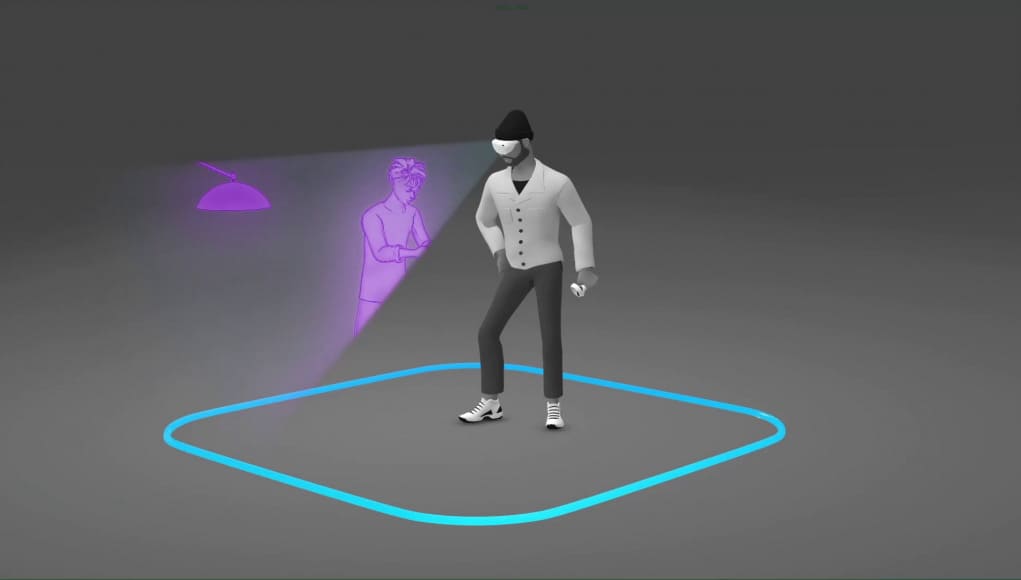The log shows how the hybrid dissipation Oculus plans for its next standalone viewer might work.
When we take into account that in a standalone helmet everything that previously resided in the PC now becomes part of the front case, it is logical to think that at some point, if you want to achieve optimal performance, you have to add an active ventilation system that gets rid of all the heat that would accumulate components such as the CPU and GPU near our face. In addition, many portable devices (such as smartphones) face the problem of having to constantly limit their performance due to the temperatures they reach.
Oculus Go passive dissipation image.
That is why, though Go was a system of passive cooling, the design of your sink to allow him to achieve a result much higher with respect to, for example, a Galaxy S7, so it is not surprising that Quest bet on a refrigeration system that not only dissipate passively, but also to remove the air from the interior and expelling the side of an active form (with the fan), which would get even better performance with the same hardware, so this patent was UploadVR’s own Oculus, seems to coincide fully with the plans confirmed in the last Connect you include a fan.
Patent image with active dissipation.
The patent was published late last month.









